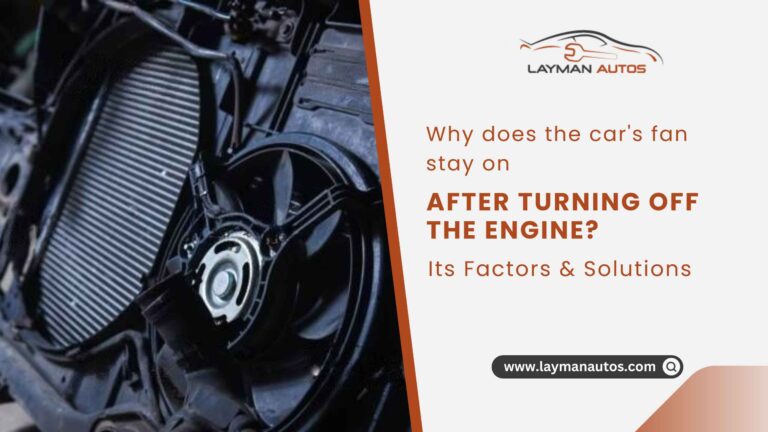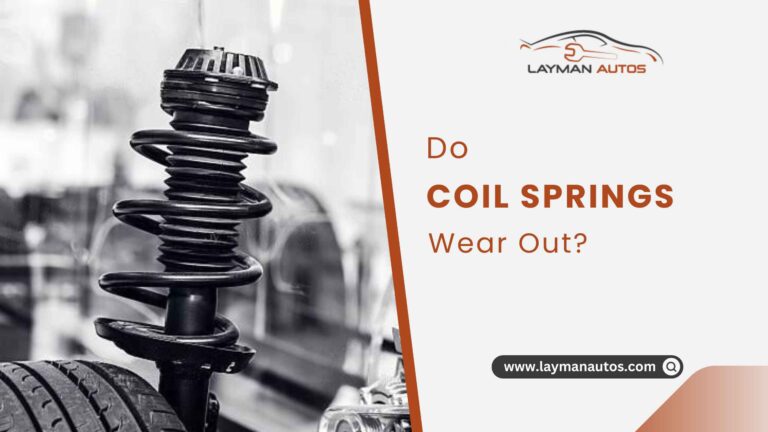Brake Job – How Much Time Would A Mechanic Take?
Getting your brakes repaired is a must when the time comes. Then, How Long Does a Brake Job Take? When replacing brakes and rotors, how long does the process typically take? Brake pads, new rotors, and calipers all wear out over time and need to be replaced to maintain safe stopping power. Experienced mechanics may need 30 minutes to an hour for this procedure.
Even though replacing the brake system on a car is a frequent repair, there is no exact science to determine how long it will take. Honest auto repair shops usually follow labor recommendations for estimating costs. Calling around for brake repair quotes over the phone will not give you an accurate idea of how long it takes and the cost.
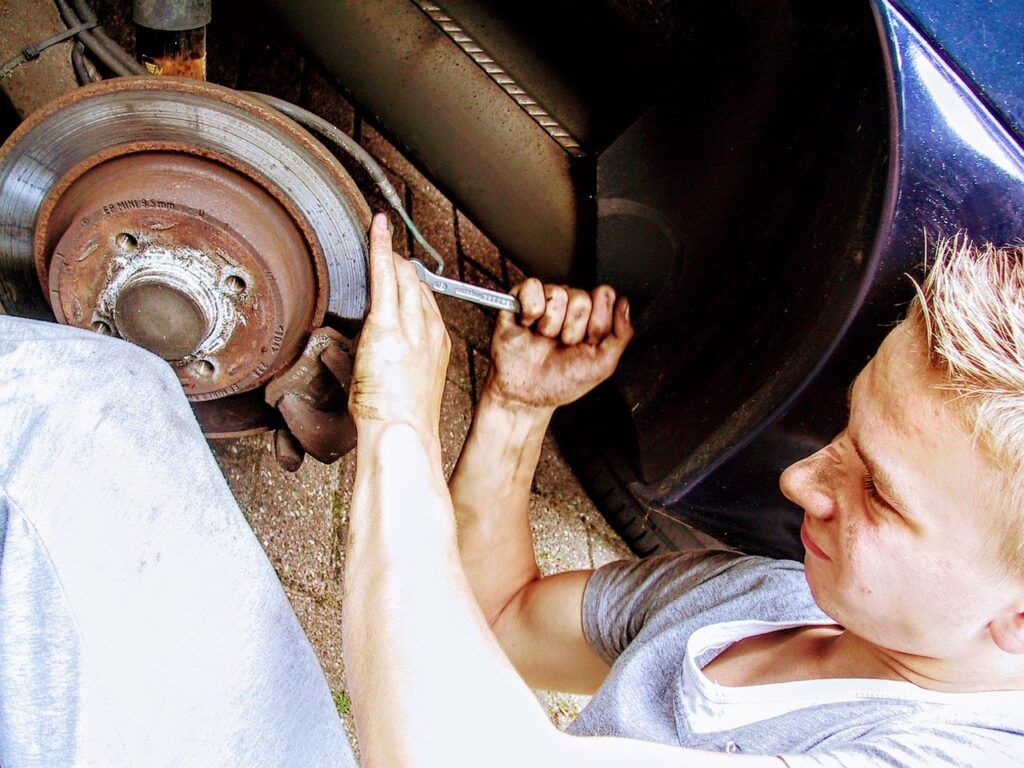
Today’s blog post will focus on the essentials of replacing your car’s brakes, including the steps needed and the average time it takes to complete the procedure. In particular, we wish to pay close attention to the process of replacing brake pads.
Repairing the Brake System
When it comes to services, one person’s “acceptable service” may not be another’s “acceptable” when it comes to repairing the brake system. As far as the average backyard mechanic is concerned, repairing your brakes involves taking the wheels off, taking the brake caliper off, and taking the pads off and replacing them. Even though the professional mechanic or repair shop estimated two to three hours, a backyard mechanic might be done in 45 minutes.
Replacing Pads and Rotors
More factors go into the so-called “pad-slap” repair quotation given by service centers. The slides of the calipers are taken out, disassembled, cleaned, and re-lubricated before being put back in. When replacing pads, rotors are often machined or changed as well, although a do-it-yourself technician is unlikely to do either.
Lubrication
In most cases, the metal clips holding the pads in the caliper anchor are removed by the repair facility. Rust and corrosion may be removed with a grinding tool. After the hardware has been removed, cleaned, and reinstalled, it is treated with lubrication, followed by a second coating of lubricant. The home repairman may either spritz the rusted and rusty hardware with the silicone lubricant that came with the pads he bought, or he can choose to ignore it.
Even though the backyard mechanic finished the job faster than the repair shop, he probably didn’t do everything that needed to be done to the front brakes to make sure they were in good working order and were safe to drive on.
What may happen if you didn’t replace the brake pads and rotors when they needed to be replaced? Simply imagining it is horrifying. There is no getting past the reality that your car’s brakes require routine inspection and servicing.
What is a Brake Pad Replacement?
When the brake pads on your vehicle have worn down to an unsafe level, the brake pads replacement is mandatory. A vehicle’s brakes rely heavily on the friction created by the brake pad. A vehicle’s braking force is generated when brake pads press on the brake rotors.
Besides Brakes What Other Parts Need Replacing?
Your brake rotors and fluid may also need to be replaced. Brake rotors are metal disks that are subjected to the force applied by the brake pad, and brake fluid is what supplies the hydraulic pressure through the master cylinder to ensure that sufficient force is being applied to all brake-related moving elements.
Warping of the brake rotors can occur if the brake pads aren’t changed regularly and metal on metal contact occurs. Smooth, even, and correctly balanced rotor surfaces are essential for efficient operation. They must be resurfaced or replaced if they become even slightly distorted.
Over time, and especially in the presence of moisture from the environment, brake fluid becomes polluted. Unlike engine oil and transmission fluid, it doesn’t gather up dirt and impurities as quickly, but it still becomes useless after a few years. Up to five years of service life is possible for brake fluid in conditions free of excessive moisture.
Why Do Brake Discs Have To Be Renewed In The Car?
The brakes on your automobile are subjected to a great deal of stress on a regular basis. Every time a motorist applies the brakes, the whole system, from the hydraulics and braking fluid to the brake rotors and pads, experiences wear and becomes closer to requiring repairs. The brake pads are a key part of the braking system since they cause more raw friction than anything else in your car.
Your engine’s moving parts are subjected to considerable friction, but at least they are lubricated with engine oil. Before the brake pads wear down to the minimum safe thickness of 1/8 inch, a replacement is required (3.2mm). The brake rotors’ structural integrity and your safety as a driver will be compromised if they are any thinner.
Cost To Replace Brake Pads And Rotors
Those who have driven cars before know that brakes are crucial. Over time, brakes and rotors wear out, so knowing when to replace them is crucial. However, how much should it cost to get new brake pads and rotors?
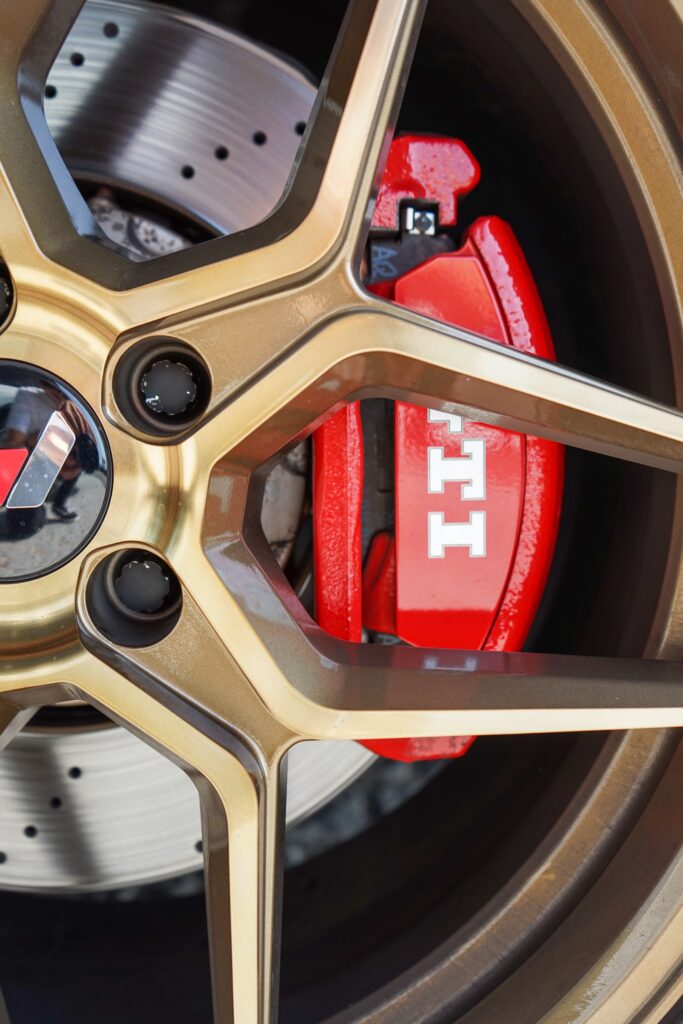
A brake service, including the replacement of brake pads and rotors, will typically cost between $250 and $400 per axle. There may be significant price increases if you operate a heavy-duty pickup vehicle and often transport or tow large loads. Brake pads with a greater thickness provide more stopping power but also have a higher price tag. To the same extent, rotors that are larger and thicker will endure for longer, but come at a higher initial investment cost.
There are a few things to think about when selecting whether or not to repair your brake pads and rotors. Examine the manufacturer’s suggested upkeep routine first. It’s better to just bite the bullet and replace both at once if you’re due for one.
This will not only assist keep your brakes in good operating order but will also save you money over time. Second, think about how bad the wear is. You might be able to get away with only changing the pads if they are just somewhat worn. However, you will also need to repair the rotors if they are severely damaged. Finally, get an expert’s advice on what’s best for your automobile.
Is It Difficult To Change Brakes And Rotors?
Brake pad and rotor replacement is not a time-consuming or difficult task. Though it was time-consuming this time around. Two new front rotors and brakes should be purchased from a nearby auto parts store.
Once you get them inside, you should put the car on jack stands and begin removing the old ones. Approximately 45 or 30 minutes take to change brakes and complete the first side. The process involves removing the old fasteners, taking off the old rotor, replacing it, and then fastening on the new one.
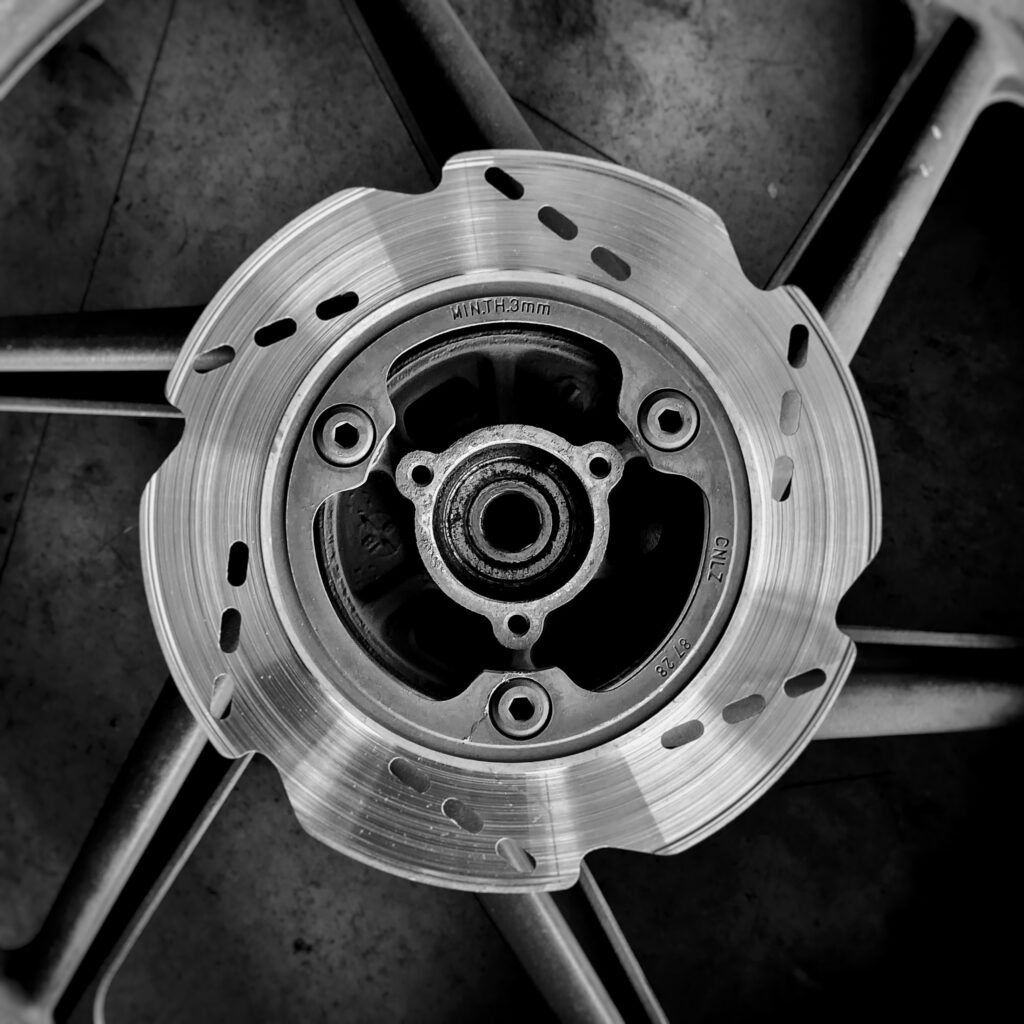
Before switching to the opposite side, you should bleed and test the brakes. You should be able to breeze through the second half. It should take roughly two hours on the project overall. This is not a really challenging task, but it can take quite some time. However, the cost savings compared to hiring a mechanic are substantial. Changing your brake pads and rotors is a smart move if you’re trying to cut costs.
How to Extend the Life of Your Brakes
When possible, slow down gradually rather than having to apply the brakes suddenly. Drive at or below the posted speed limit and be aware of your surroundings to reduce the likelihood of having to apply the brakes suddenly.
Don’t pile it on the brakes. The heavier your automobile is, the more force is needed to stop it, and the force is ultimately what determines how long your brake pads will last.
To avoid putting undue stress on your brakes, never coast down a hill at full speed. Instead, let off the gas before reaching the slope so that you can stop more gradually once you reach it.
What Happens If You Do Not Change Your Brakes?
Brake pads need to be maintained or changed about every 50,000 miles, however, the actual interval will depend on your driving habits. You might get into a lot of trouble if you don’t change your damaged brakes.
However, there are others who, for whatever reason, choose to continue driving despite the obvious symptoms that their brake pads are failing. You might cause costly damage to your car in addition to risking a brake failure if you drive in such a way. Two potential outcomes are outlined below if you put off replacing your brake pads.
1. Cause Damage to the Rotors
As the majority of drivers are clueless when it comes to their automobiles, it stands to reason that they wouldn’t realize that brake pads are there to safeguard the rotor. When the brakes are applied, friction is created between the brake pad and the rotor, causing the vehicle to slow to a halt. The heat generated by this friction is dispersed with the aid of these pads.
Some damage can occur to the rotor if the brake pads are allowed to wear down to less than a quarter of an inch. As a first step, metal clamps are used to secure the brake pads in place, where they will grind on the rotor. The rotor might get deformed or even break as a result of this.
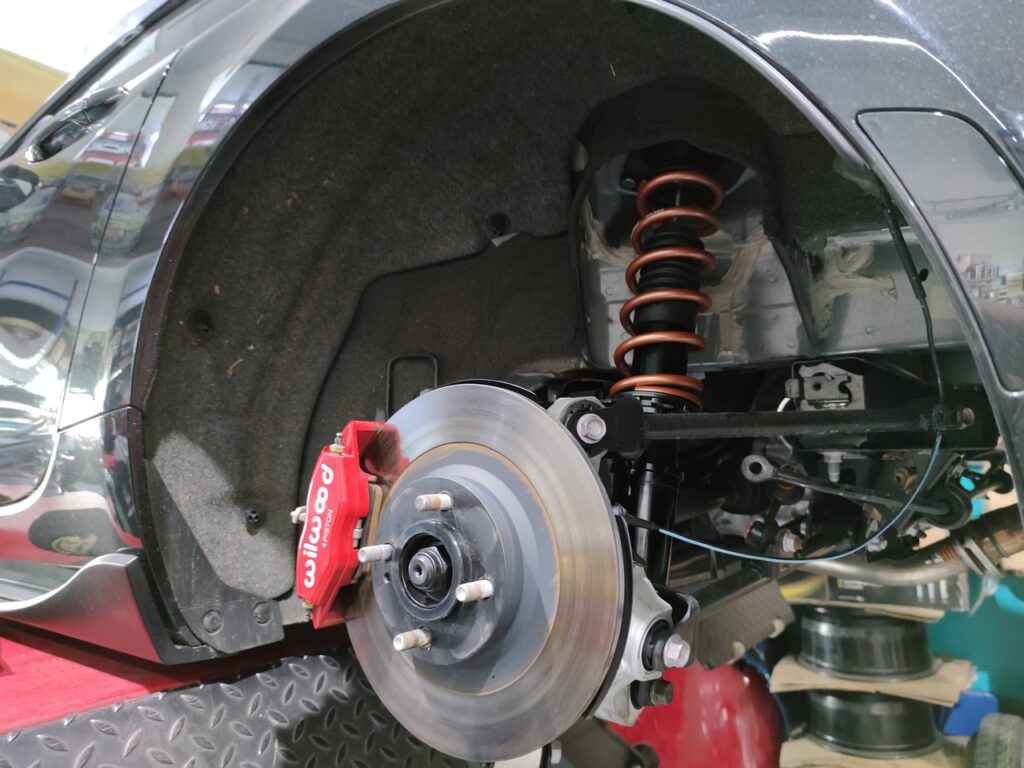
A second issue is that without brake pads, the heat generated by friction would be poorly dissipated, which might lead to the complete failure of the braking system.
Resurfacing the rotors can cost up to $289 while replacing the brake pads and doing it at the same time can add another $85. Finding the money for new brake pads (up to $207) is preferable to making additional repairs that would cost twice as much.
2. Damage to Brake Calipers
When things become severe enough, the brake calipers might be damaged as well. The brake pads are held between these metal plates, which are then pressed on the rotor. The calipers and the rotor might be damaged in tandem when the brake pads wear down to the point where the calipers grind against the rotor. The pistons that drive the calipers into place may also dislodge.
Caliper replacement costs can range from somewhat cheap to rather high, depending on the car you drive. However, the maximum cost is $503. (and more if you have a luxury car).
In addition to putting your safety in danger, putting off replacing your brake pads or brake pedal might cause you to incur additional expensive repairs.
Conclusion
Doing it yourself could seem like the best option until you realize how much time and energy it will take compared to just hiring a professional. Before beginning, think about your skills, the vehicle you have, and if you have the right equipment handy. Brake parts are important for stopping the car, so if you do decide to replace brake components yourself, be careful.
Frequently Asked Questions
What will happen if you are driving with bad brake rotors?
Driving with worn brake pads, rotors, or calipers might cause you to slam on the brakes more frequently to slow down or stop the vehicle. All that stopping quickly might shorten the life of your tires or throw them off of balance, leading to uneven tread wear.
Which way do brake pads go?
Unless otherwise indicated, brake pads should be installed with the crescent cutout facing forward, across the braking disc. Squealing, high-pitched sounds will emanate from your braking system if the pad is installed in the wrong orientation.


